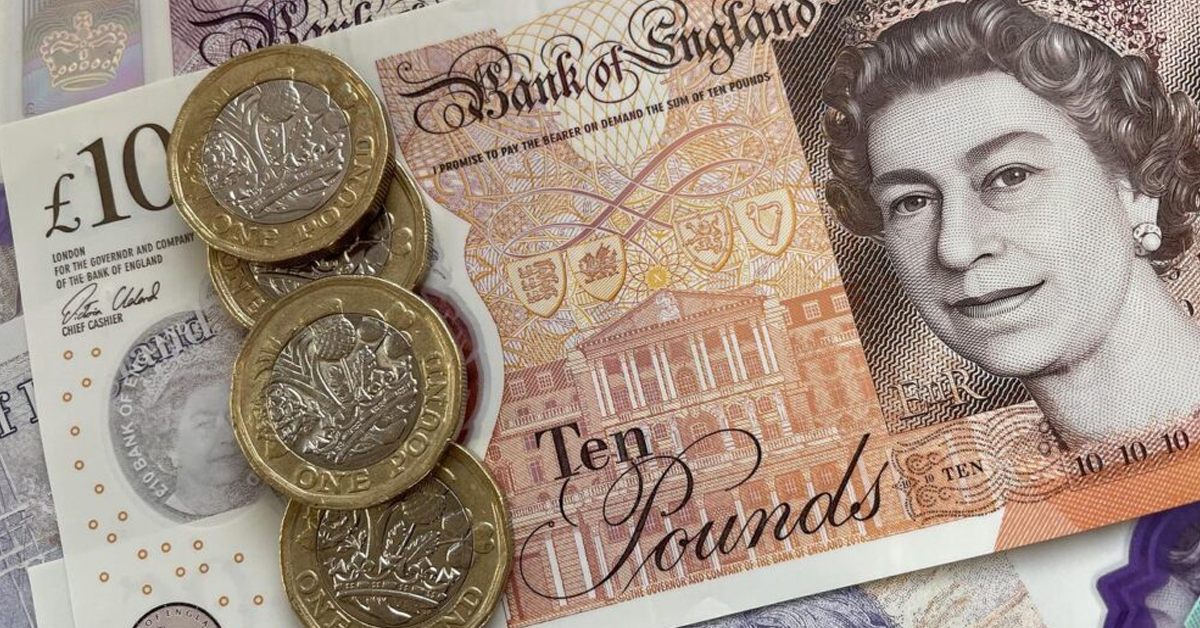Pound Sterling Steadies Near 1.3400 Ahead of US PMI and Labor Data
The Pound Sterling (GBP) remains in a tight range around the key resistance level of 1.3400 against the US Dollar (USD) during Tuesday’s London session. Investors are holding back as they await critical US labor market data, which could provide insight into the Federal Reserve’s (Fed) plans for further rate cuts this year.
The Fed began its policy-easing cycle with a 50 basis point (bps) rate cut, lowering the benchmark rate to 4.75%-5.00% on September 18. This larger-than-expected cut was driven by concerns over weakening job growth and growing confidence that inflation is moving toward the Fed’s 2% target.
To gauge the health of the labor market, traders will closely monitor the US ADP Employment Change on Wednesday and the Nonfarm Payrolls (NFP) report on Friday. These data points will be critical in shaping expectations for future Fed rate cuts.
On Monday, Fed Chair Jerome Powell pushed back against speculation of an aggressive rate-cutting cycle, emphasizing that the Fed is not in a rush to lower rates quickly. Speaking at the National Association for Business Economics conference, Powell said, “If the economy evolves as expected, that would mean two more cuts by the end of the year, totaling an additional half percentage point.”
For Tuesday’s session, investors are focused on the US JOLTS Job Openings data for August and the ISM Manufacturing PMI for September, due at 14:00 GMT. Economists forecast that job openings will remain steady at approximately 7.67 million, while the ISM Manufacturing PMI is expected to improve slightly to 47.5 from 47.2, though this would still signal contraction in the factory sector.
Market Movers: Pound Sterling Gains as BoE Caution on Inflation Persists
The Pound Sterling is performing strongly against its major counterparts on Tuesday. The currency has gained momentum as market bets on a Bank of England (BoE) rate cut in November have cooled following remarks from BoE external policymaker Megan Greene.
Greene, who voted to keep rates unchanged in the last two meetings, noted that the UK’s consumption-driven recovery could re-ignite inflationary pressures. She warned that the recent drop in headline inflation to the BoE’s 2% target was primarily due to temporary lower oil prices, while inflation in the service sector remains elevated at 5.6%, a concern for BoE policymakers. Despite this, she expressed confidence that inflation is trending in the right direction, according to Bloomberg.
Market participants now expect the BoE to cut rates one more time in the final quarter of 2024, likely at the December meeting. The BoE initiated its normalization process with a 25 bps rate cut on August 1 but held rates steady in September.
Looking ahead, a key event for the Pound Sterling will be BoE Chief Economist Huw Pill’s speech at 14:00 GMT, which could offer more clarity on the BoE’s interest rate strategy for the remainder of the year.
Additionally, investors will watch for the revised estimate of the S&P Global/CIPS Manufacturing PMI for September, scheduled for release at 08:30 GMT, with expectations that it will remain unchanged at 51.5.
Technical Outlook: Pound Sterling Sideways Near 1.3400
The Pound Sterling is trading sideways near the 1.3400 resistance level against the US Dollar during European trading hours. The short-term outlook for GBP/USD remains positive, as the 20-day Exponential Moving Average (EMA), near 1.3250, is trending higher.
GBP/USD maintains a bullish structure, having broken above a trendline drawn from the December 28, 2023, high of 1.2828, a breakout achieved on August 21.
The 14-day Relative Strength Index (RSI) has dipped slightly but remains above 60, indicating ongoing bullish momentum.
Upside resistance for GBP/USD is expected near the psychological level of 1.3500, while support lies at the 20-day EMA near 1.3235, a critical level for GBP bulls.











